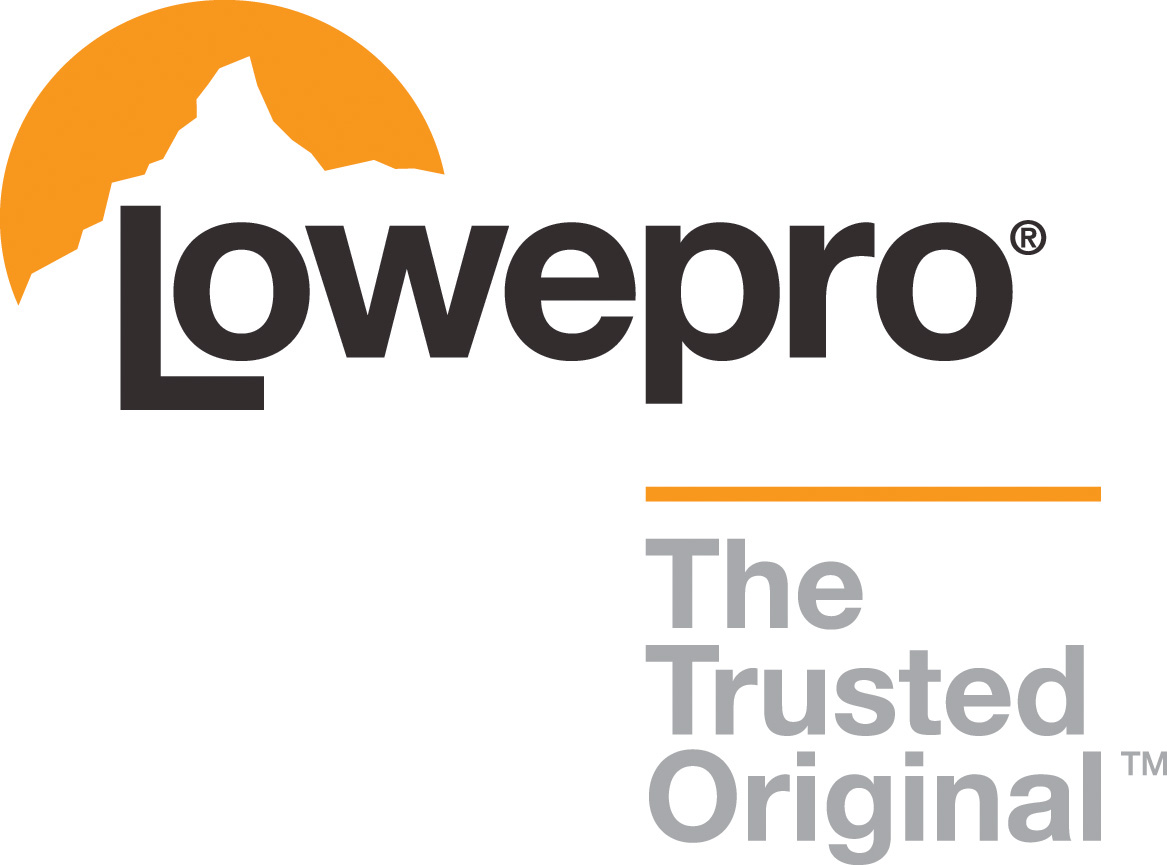The Alaskan Revelations Expedition
Interview by Orla O'Muiri
We caught up with Ian just before he jumped on a plane to begin the expedition in earnest.
We’re so pleased to be able to support this adventure. Can you tell us a little more about the trip?
We were looking for locations that matched our objectives – remote, less travelled than the classic routes/ski mountaineering zones, with plentiful and challenging ski terrain. We wanted to find a place where we, as experienced but amateur ski mountaineers, could adventure and explore terrain that has not already been mapped out in detail. Both the Talkeetna Glacier and the Eldridge Glacier satisfied these objectives. We intend to make a game time decision based on weather and snowpack. Through the trip, we hope to reveal new potential for late-season skiing in poorly travelled areas, as well as to discover and push our own boundaries with regards to adventure and exploration. The main objective of our trip is to climb and ski in an area that has seen relatively few ski descents.
Is there a particular reason why these areas remain relatively unexplored?
Remoteness and size – Alaska is so big and such a huge majority of people that go there for mountaineering turn to the classic peaks and routes. Relative to many of the other major North American ranges, where I feel like the unclimbed and unskied terrain remains that way almost entirely due to its technical difficulty or objective danger, the Alaska Range is so vast and comparatively inaccessible that there are many untouched areas which can be safely explored by experienced mountaineers, even if they are not pushing the technical limits of the sport.
What supplies will you be taking?
We will be melting snow so we will only be taking water for the first day and enough calories to feed ourselves for ten days. A to Z Disaster Prep was kind enough to donate a fair amount of freeze dried foods for the trip so we will have a lot of instant rice, potatoes, dried chicken, hamburger, veggies, etc. We’ll definitely also bring some pasta and peanut butter, soy sauce, and a few other ingredients (for Gado Gado, a favourite backcountry meal of mine)
We also have several meals of Soylent donated to the trip. Soylent is a total meal replacement powder developed over the last couple of years and intended to be a healthy standalone meal in and of itself. The company is curious how it might fare as a backcountry food so we will be testing it out and providing them feedback.
This is clearly going to be quite a tough expedition physically. How have you been training for this?
This winter and spring I’ve gotten in as much ski touring and mountaineering as possible, given the mediocre winter that we’ve had in the Pacific Northwest. In addition to skiing and climbing, I’ve been running workouts on the Howe Street stairs in Seattle and training in the weight room and on the track at the University of Washington. Spencer has done a combination of weight training, trail running, and road and mountain biking in preparation.
This may seem a rather direct question but why do you climb?
For me, climbing helps me to know and understand both myself and others. The challenges presented by alpine climbing and ski mountaineering requires a unique focus the entire duration of the trip, something that is difficult to replicate in day-to-day life. This focus helps me understand my strengths and weaknesses, the limits of my abilities, and how I might slowly but surely expand those boundaries. In addition, and I’ve found that this is an important aspect of climbing for me, the sport encourages you to get to know your partners better and more honestly than often occurs with everyday relationships between friends/colleagues/etc. When you spend weeks relying on other people for your comfort and survival, it’s difficult not to build a strong relationship.
Additionally, there’s an honesty that characterises climbing relationships that doesn’t always exist otherwise. There’s no room for pleasantries, buried concerns, or unspoken disagreement when planning and executing a climbing trip, and I feel this openness within climbing groups is unique. To me it’s this combination of internal growth/awareness and strength of relationships with others that makes climbing the challenging and rewarding sport that it is. Plus, it certainly doesn’t hurt to be able to do this sport in some of the most beautiful scenery in the world.
What do you anticipate the biggest challenge will be?
Route planning and travel. Because there is little beta to guide our route selection, I foresee the most significant challenge to be identifying safe yet challenging ascent and descent lines. This will be further complicated by our desire to leave open both the Talkeetna and Eldridge options until the last minute. While this gives us flexibility to find the best possible weather and snowpack, it does complicate the planning stages. We have devoted and will continue to devote a significant amount of time and effort, throughout the trip, to route selection and planning.
What do you both hope to achieve with this trip?
First and foremost, a safe trip of course. I want both Spencer and I to return home healthy and excited to begin planning a return trip. Keeping safety foremost in mind, I hope for a truly unique adventure. I want the feeling of exploring a region without the vast quantity of beta we’ve become accustomed to in the age of extensive guidebooks and online trip reports. I want to rely on our navigation, mountaineering, and skiing skills to safely travel in the absence of outside information on every aspect of every hazard. When all is said and done, I want to have laid down footsteps and ski tracks in areas that have never seen these markings before.
This is also my first experience in Alaska. I want to learn from the challenges that present themselves – logistical, physical, mental – so that I can be better prepared for significant future expeditions in the Alaska Range and other major ranges. Given that two members of our team ended up unable to participate, I would love to be able to pass on the experience we gain from facing these challenges to them, as well as the knowledge of the areas we explore. Hopefully we can use this information when we return in the future and continue to explore the Eldridge and other remote ski mountaineering objectives.
Finally, we are very excited to be able to use the Adventure Fund as an outlet through which to share the beauty and isolation of the Alaska Range with those who are unable to see it themselves.





